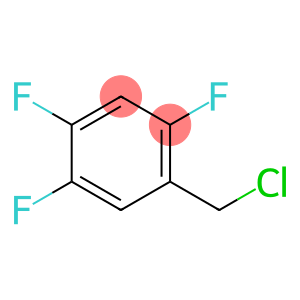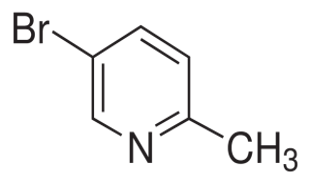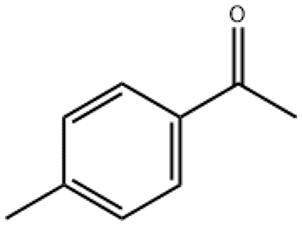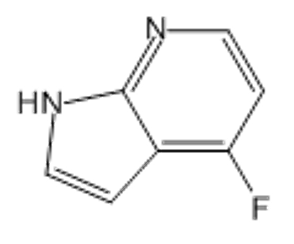2,4,5-Trifluorobenzyl chloride(CAS#243139-71-1)
| Risk Codes | R34 – Causes burns R36/37/38 – Irritating to eyes, respiratory system and skin. R20/21/22 – Harmful by inhalation, in contact with skin and if swallowed. |
| Safety Description | S26 – In case of contact with eyes, rinse immediately with plenty of water and seek medical advice. S36/37/39 – Wear suitable protective clothing, gloves and eye/face protection. S36 – Wear suitable protective clothing. |
| UN IDs | 3265 |
| Hazard Note | Corrosive |
| Hazard Class | 8 |
| Packing Group | II |
Introduction
2,4,5-Trifluorophenylmethylchloride is an organic compound. The following is an introduction to its properties, uses, manufacturing methods and safety information:Quality:- Appearance: 2,4,5-trifluorophenylmethylchloride is a colorless liquid.- Solubility: Good solubility in solvents.Use:2,4,5-Trifluorophenylmethylchloride has a variety of applications in the field of chemistry:- As a preservative: With its bactericidal and antibacterial properties, it can be used as a preservative, extending the shelf life of some products.- As a raw material: It can be used as a raw material for the synthesis of organic compounds, which is widely used in pharmaceuticals and pesticides.Method:There are various methods for the preparation of 2,4,5-trifluorophenylmethyl chloride, and the following is one of the commonly used methods:2,4,5-trifluorobenzaldehyde is reacted with a certain amount of chloroacetyl chloride, and the product is chlorinated through an acid catalyst to generate 2,4,5-trifluorophenylmethyl chloride.Safety Information:- 2,4,5-Trifluorophenylmethyl chloride is an organic compound that should be operated in a well-ventilated area and avoid inhalation or contact with skin and eyes.- When handling and storing, follow appropriate safety protocols and use personal protective measures such as protective gloves, protective eyewear and respiratory protective equipment.- During use, avoid contact with fire sources to prevent fire or explosion.- In case of accidental contact or inhalation of the substance, immediately rinse with clean water or take the injured person to a medical facility.




![2,2,6,6,7,8,8-heptamethyl-2H,3aH,4H,5H,6H,7H,8H,8bH-indeno[4,5-d][1,3]dioxole(CAS#823178-41-2)](https://www.xinchem.com/uploads/heptamethyl.jpg)



